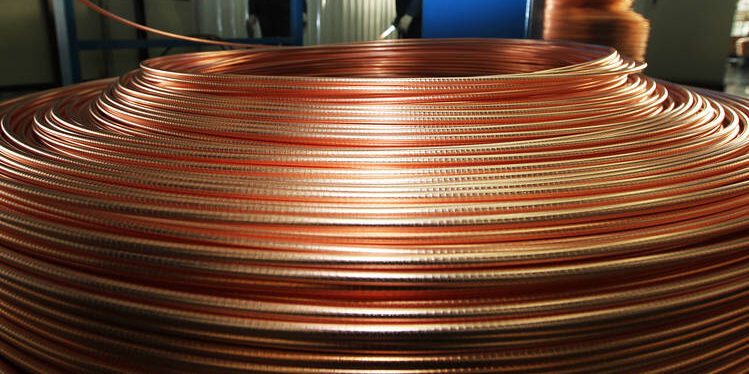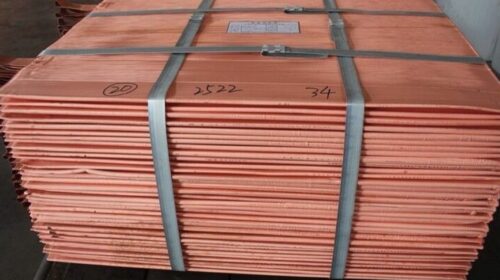Trafigura and IXM Scramble to Cover Short Positions as Copper Prices Hit Record Highs
Commodity traders Trafigura and IXM are seeking to buy physical copper to cover substantial short positions on the US exchange CME, where copper prices reached unprecedented levels on Wednesday, according to five sources with direct knowledge of the matter.
Short positions can represent bets on declining prices or producers hedging their output. A short squeeze occurs when holders of these positions are compelled to buy them back at a loss or deliver physical copper to close them out.
Copper prices on COMEX, part of the CME Group, soared to a record high of $5.1775 per pound, or $11,414 per metric ton, on Wednesday—a 28% increase year-to-date and a 14% rise in the past week. Prices slightly declined by 0.3% to $4.9375 by 16:44 GMT.
“Trafigura is one of the largest physical suppliers of copper to North America, and given the premium in this market, we are shipping larger quantities of the metal to COMEX,” the Swiss-based trader stated.
Geneva-based IXM, owned by China’s CMOC Group, declined to comment.
“We continuously monitor our markets, which are operating as designed as market participants manage copper risk and uncertainty,” the CME said in response to a request for comment.
COMEX copper prices are expected to remain high until shipments from South America and Australia arrive in the United States. It could take several weeks before the short positions can be mitigated, according to sources.
“US copper supply and demand fundamentals, while not unsupportive, probably don’t justify such extremes, suggesting something else is happening in the paper market,” said CRU analyst Robert Edwards.
IXM, a Swiss-based commodity trader, is one of the world’s largest traders of physical non-ferrous metals.
Trafigura has requested some copper producers to reroute May and June shipments to the United States, sources said. However, changing shipment destinations on short notice is extremely challenging.
The COMEX copper rally has outpaced gains on the London Metal Exchange (LME), creating an arbitrage opportunity where copper producers and traders can capitalize on price differentials by selling commodities in different locations.
“We think arb-related and outright short covering has fueled COMEX gains which are likely unsustainable: redirection of physical units to the US should ease the arb dislocation, but this will take some time,” Citi analysts noted.
Copper prices on the LME are trading around $10,240 per ton. Considering costs such as freight and insurance, traders can earn approximately $300 per ton by transferring copper from the LME system to the CME, one source explained.
However, about half of the available copper in LME registered warehouses originates from Russia and cannot be delivered into the CME system.
Additionally, several Chinese copper importers have redirected shipments to the United States, according to two sources. Nonetheless, copper cathode from China, which smelts about half of the world’s copper, cannot be delivered against COMEX contracts.
![]()





